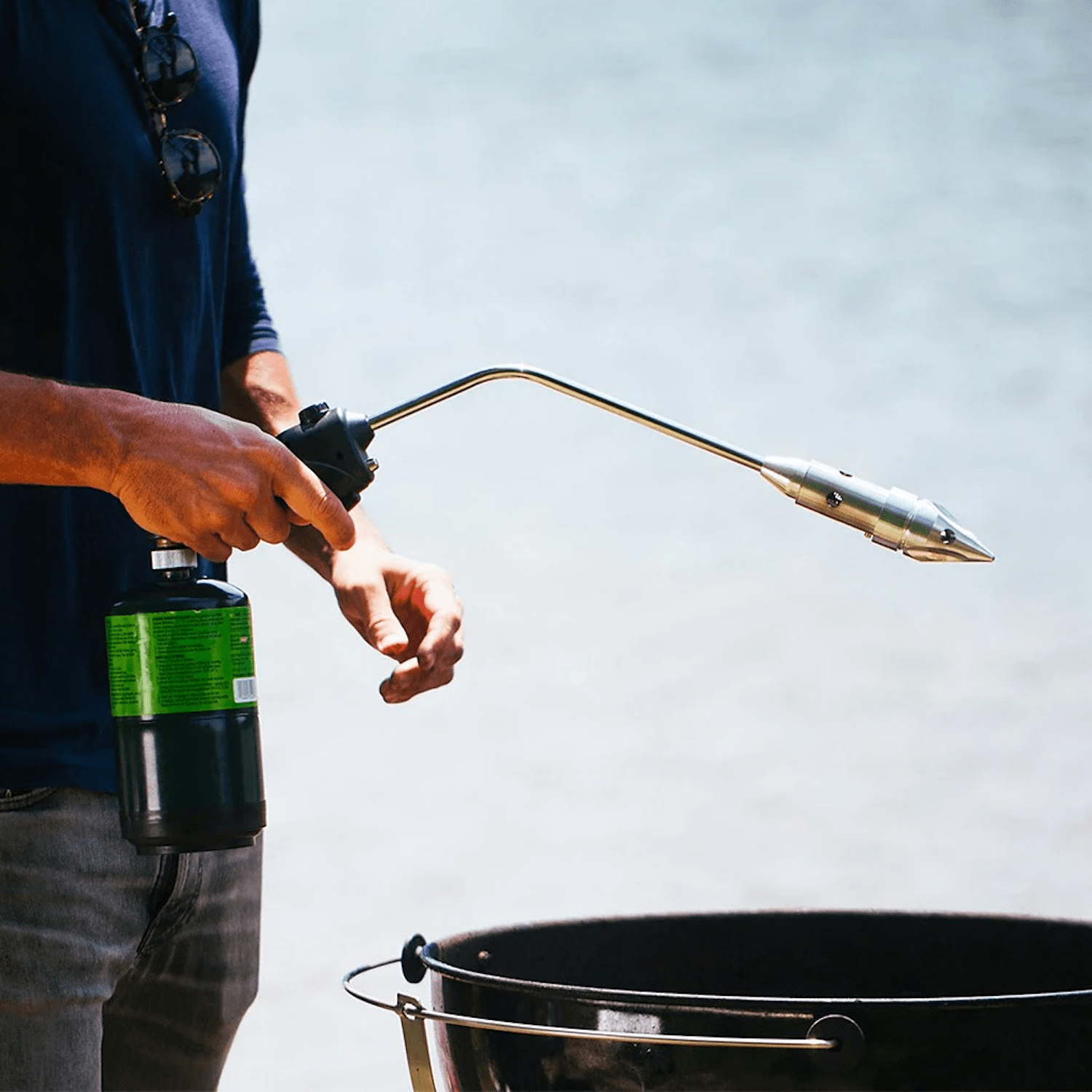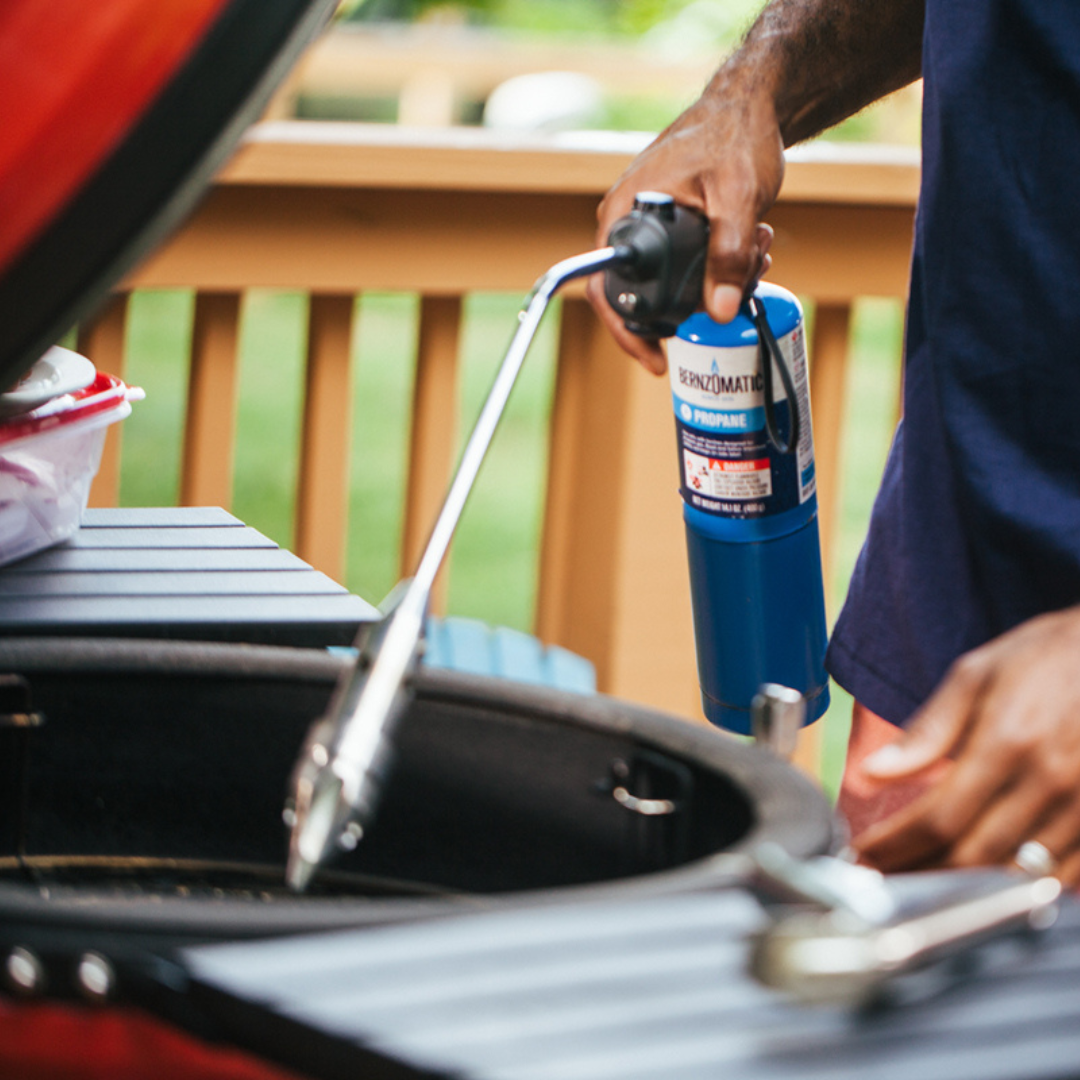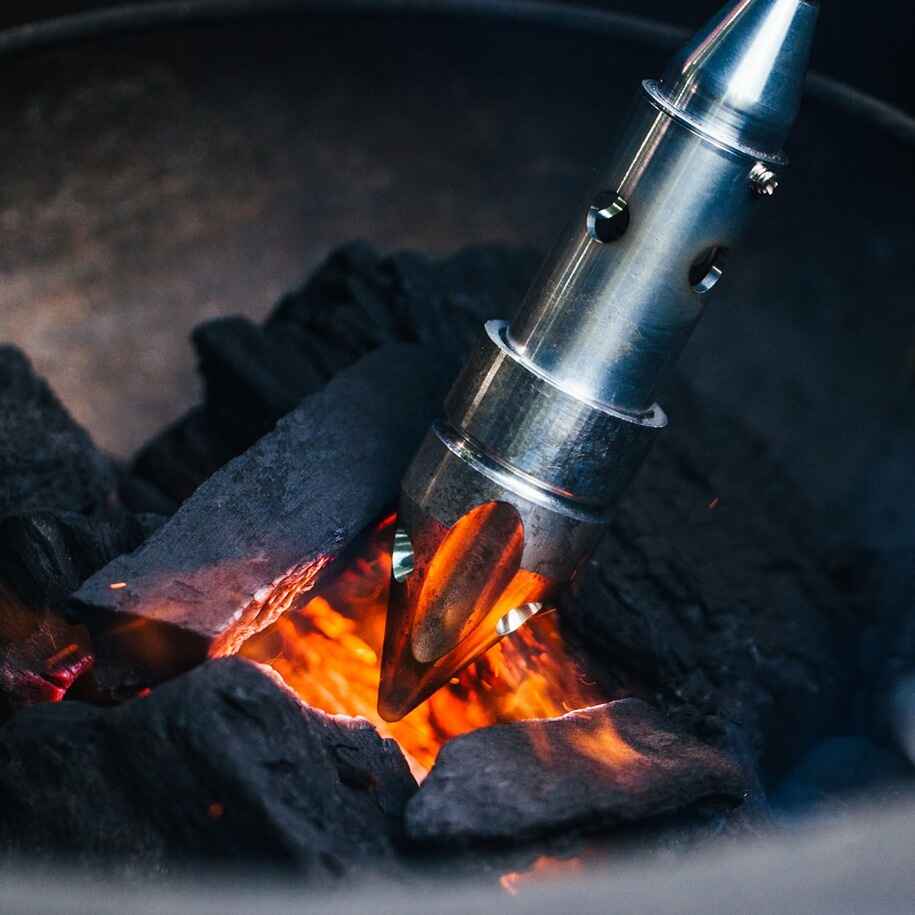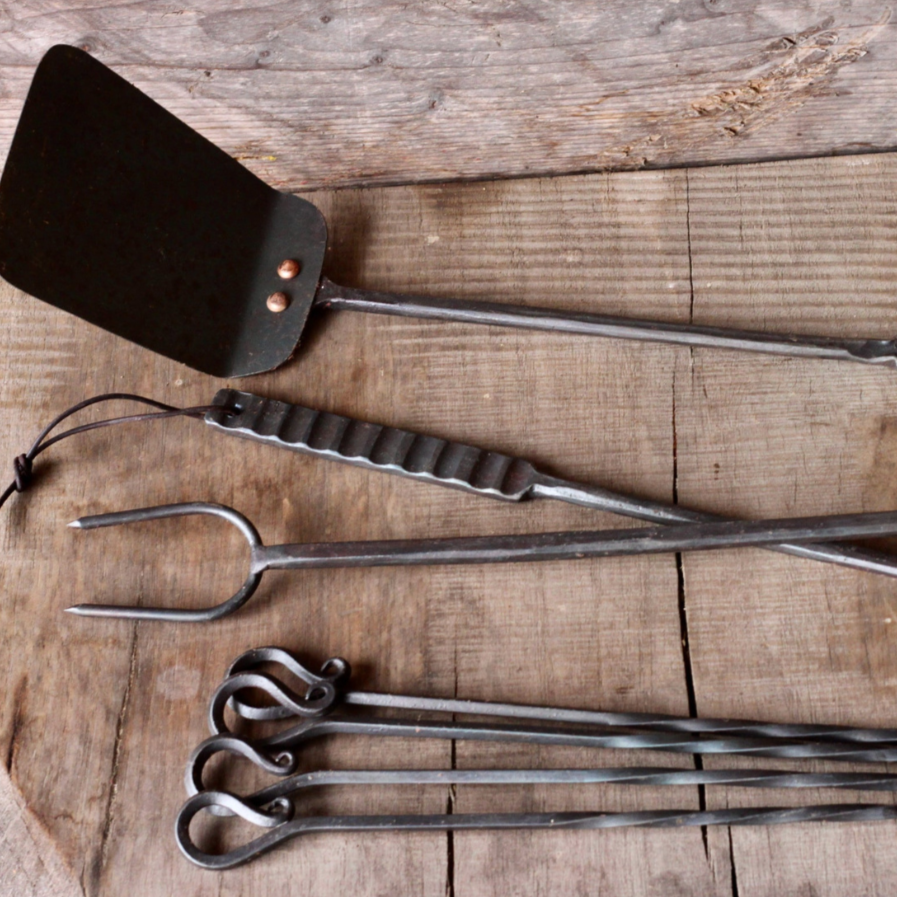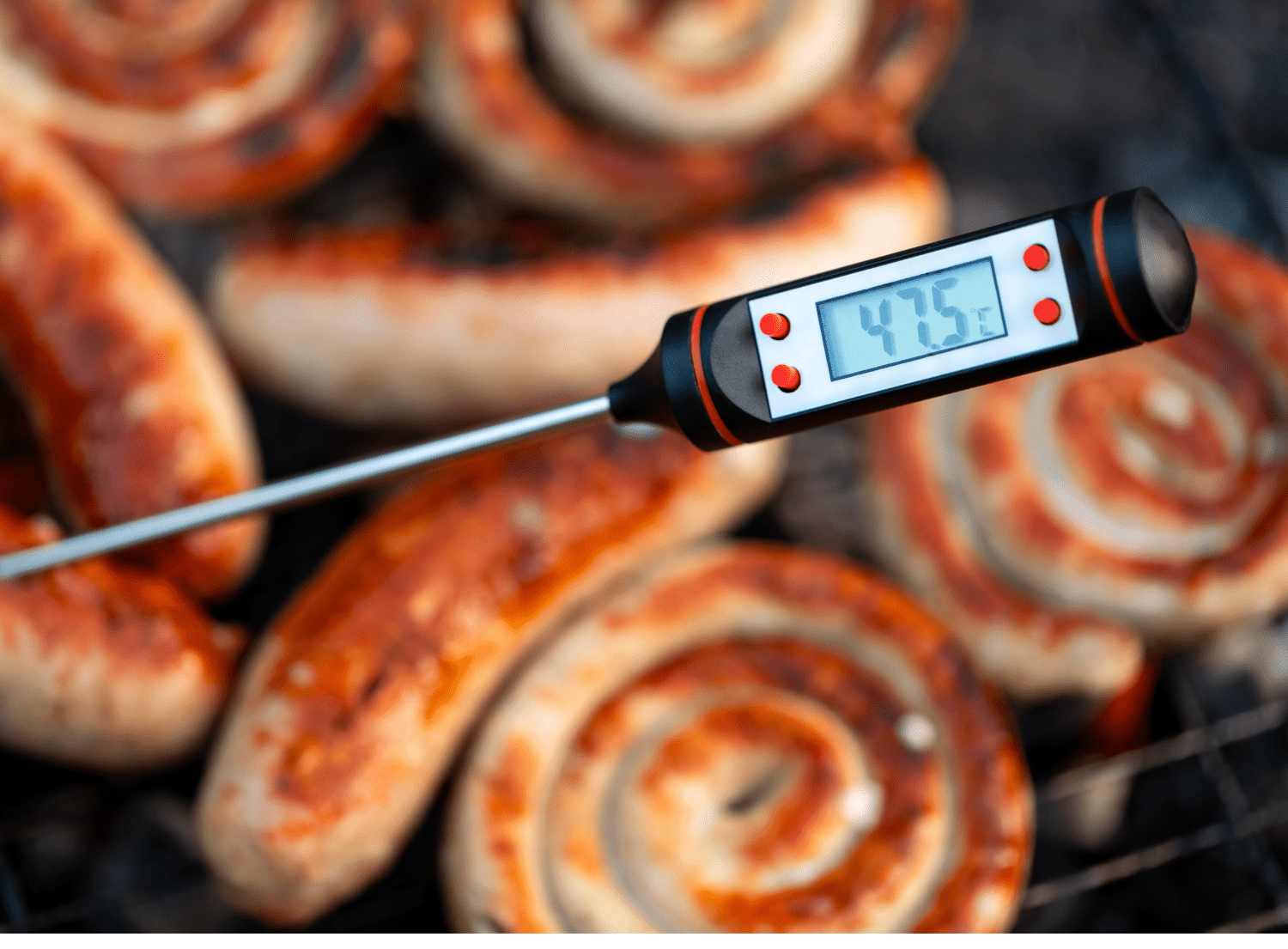Whether you’re building a fire pit in your backyard, at the beach, or on a mountain, wind is always a factor that should be considered. As you can imagine, wind is a common deterrent when it comes to building a fire pit, as it can be dangerous and unpredictable.
While it’s possible to light a fire in the wind, taking the right precautions to ensure safety is crucial. In this blog, we discuss the best ways to decide whether it's too windy for a fire. We also share our top tips for how to ignite your fire pit and keep it burning regardless of the windy conditions.
How Windy is Too Windy For a Fire?
How much wind is too much wind? This is an age-old debate in the fire pit community. It goes without saying that it can be dangerous to start a fire in extreme weather conditions. This is because strong wind can cause embers and debris to blow away from your fire pit, leading to hazards such as bodily burns, as well as the risk of flames spreading quickly to flammable objects like trees.
Additionally, weather conditions, especially wind, are unpredictable. Therefore, when building a fire pit, it’s important to be aware of the wind speeds and the wind direction. You can record the intensity of wind speed using a wind gauge or looking at the vegetation around you. If nearby trees and plants are bending over in the wind, then consider rescheduling your fire pit to keep you and your guests safe. The recommended wind speeds for building a fire pit range from 5 mph to 40 mph. With wind speed greater than this, consider waiting for a better weather forecast.
Lighting A Fire Pit In Windy Conditions
If you have deemed that you can keep your fire safe in strong winds, it's time to start your fire in windy conditions. Here are some ways you can light your fire quickly and reduce the risk of your fire becoming out of control.
Always check the weather forecast
Before attempting to start your fire pit, check the weather. If there are any wind warnings, it's best to avoid lighting your fire pit to prevent hazards. It's also difficult to burn wet wood in a fire pit.
Ensure you have the right tools with you
It's important to always have the right tools on hand to make sure you have a safe fire at all times. This can include an extinguisher, a bucket of water or sand, as well as tongs to control your fire pit.
Position it in a sheltered area
Because fires started in exposed areas have a tendency to blow out quickly, consider building your fire in an area with natural windbreak like a cliff face or nearby trees. Always maintain a 10-meter distance between your fire pit and flammable objects. This can prevent windy weather from blowing sparks or burning embers into the surrounding area, where things can catch fire.
How to Ignite a Fire Pit in Windy Conditions
Here are some top tips for lighting your fire pits once the wind picks up:
- Dig a shallow hole. Digging a hole around 4-5 inches deep can protect your fire from the winds as the hole provides a natural windbreak.
- Bring your own firewood. This ensures that you don't have to use damp or wet locally sourced wood meaning your fire pit will be much easier to ignite and the fuel will burn better.
- Light your fire pit using tinder and kindling. This means that the flame will spread quickly, meaning your fire pit will burn easily and you won't have to struggle in the wind to light your logs.
- Stack your fire pit wood using the Tipi method. This method is the best to battle extreme wind speed and direction as it ensures that you can control your fire behavior. The tipi method consists of stacking your wood vertically to create a triangular formation. If you add logs to this formation, the enclosed design protects the tinder from wind and ensures that the fire pit burns safely.
- Use your own body as a windbreak! Safety should always be the priority when undertaking this, but using your body allows you to block the wind and easily start your fire pit. However, in using your body you should always ensure that you are well back from the fire to avoid danger such as bodily burns.
How to Keep the Fire Burning
Now that your fire pit is lit, you may be wondering how you can keep the fire pit alight so that you can actually enjoy the ambiance and heat. Here are some ideas on how to keep a fire burning longer:
- Get yourself a reflective wind and spark screen. These screens can offer safety against adverse wind conditions. The large reflective screen not only blocks out the wind but also ensures that you are not burned by sparks or debris.
- Gently blowing onto your fire pit. Although this may seem counterintuitive given the wind, gently blowing on your fire pit can make your flames burn brighter and hotter. Blowing the opposite way to the wind direction can give extra oxygen to the areas that are lacking, causing the fire to burn brighter.
Extinguishing Your Fire Pit in Windy Conditions
No matter the weather, it's always important to ensure that your fire pit is properly extinguished before leaving the area. However, this is especially true with weather conditions, such as wind. Extinguish your fire by dousing your fire in water or burying the fire pit in sand, preventing ash and other debris from being blown away and potentially causing unintended fires.
The Best Way To Light Your Fire Pit In Windy Conditions
The RocketFire™ Fire Starter offers a convenient and efficient solution for lighting your outdoor fire pit, whatever the weather. With its powerful flame and adjustable intensity, the torch quickly ignites wood, charcoal, or other fuels with ease. Simply point the torch towards your fire pit and ignite the flame using the built-in ignition system. Its ergonomic design and lightweight construction make it easy to handle and maneuver, allowing you to light your fire pit safely and effectively. The Rocketfire Torch is the perfect tool for hassle-free fire starting in windy weather.

